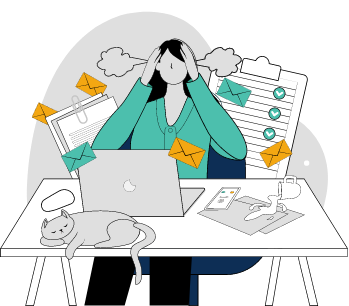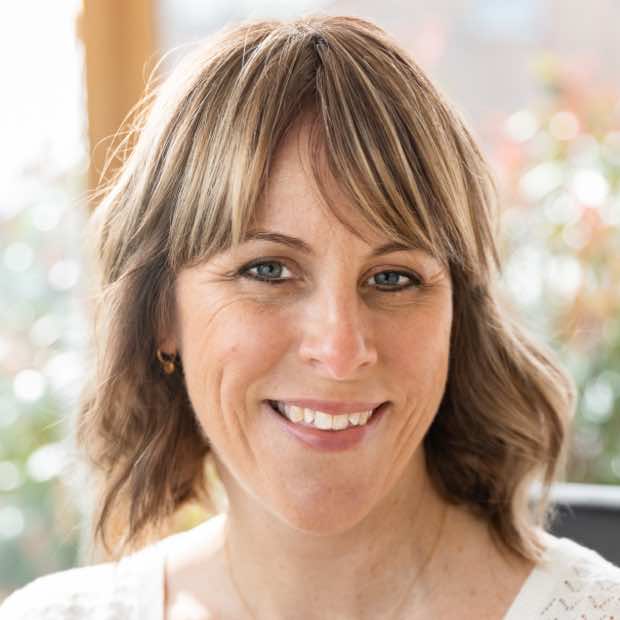Listen to this episode
On this episode
In this episode, Jane Gunn joins us once again to share her advice on how you can say no. Most people don’t want to hear rejection. Jane talks about what you can do to avoid triggering others with what you say. Avoid a cycle of conflict by taking your time to respond and not react. She also discusses the many fears you might have as a professional saying no. Learn to set your boundaries and maintain them when you know how to say no.
If you’re worried about how your refusal or rejection might cause conflict, then listen to this episode and learn to say no.
Show links
Download our Overwhelm SOS Toolkit
Listen to more episodes from the You’re Not A Frog Podcast:
Other You Are Not a Frog episodes with Jane Gunn
Regrets of the Dying by Georgina Scull
ck It_](https://www.amazon.co.uk/F-k-Ultimate-Spiritual-Way/dp/1781802963/ref=sr_1_1?crid=SD4KH31FUS3P&keywords=funk+it+book+john+parkin&qid=1575457451&sprefix=fuck+it%2Caps%2C125&sr=8-1) by John Parkin
Learn more about Jane’s 6-week course about mediation
Reach out to Rachel at hello@youarenotafrog.com
Sign up to get your CPD workbook for this episode
Reasons to listen
- Understand the importance of a clear and thought-out message when you are saying no.
- Learn how you can create a psychologically safe environment where you can say no without fear of judgement.
- Find out what you can do when someone isn’t happy with your refusal.
Episode highlights
Hearing Both Sides
Strong Perceptions
Problem-solving Process
The Principle of Self-Determination
Clearly Saying No
Standing By Your Values and Virtues
Opening Up Conversations
Psychologically Safe Environments
Responding to Unhappy Reactions
Making Asking Easier
Jane and Rachels’ Top Tips
Episode transcript
Jane Gunn: I have a couple of mantras, whatever is unspoken is hardest to change, and we speak least about the things that matter most. It’s back to the message. Are they getting the wrong message from me? Because I’m not saying what I really am thinking, and it’s not always okay to share what we’re thinking. Sometimes we then have to go, God, goodness me look at what I am thinking. Why am I thinking that about that person? Is it easier to say nothing, and carry on being a martyr if you like and not say anything? What…










